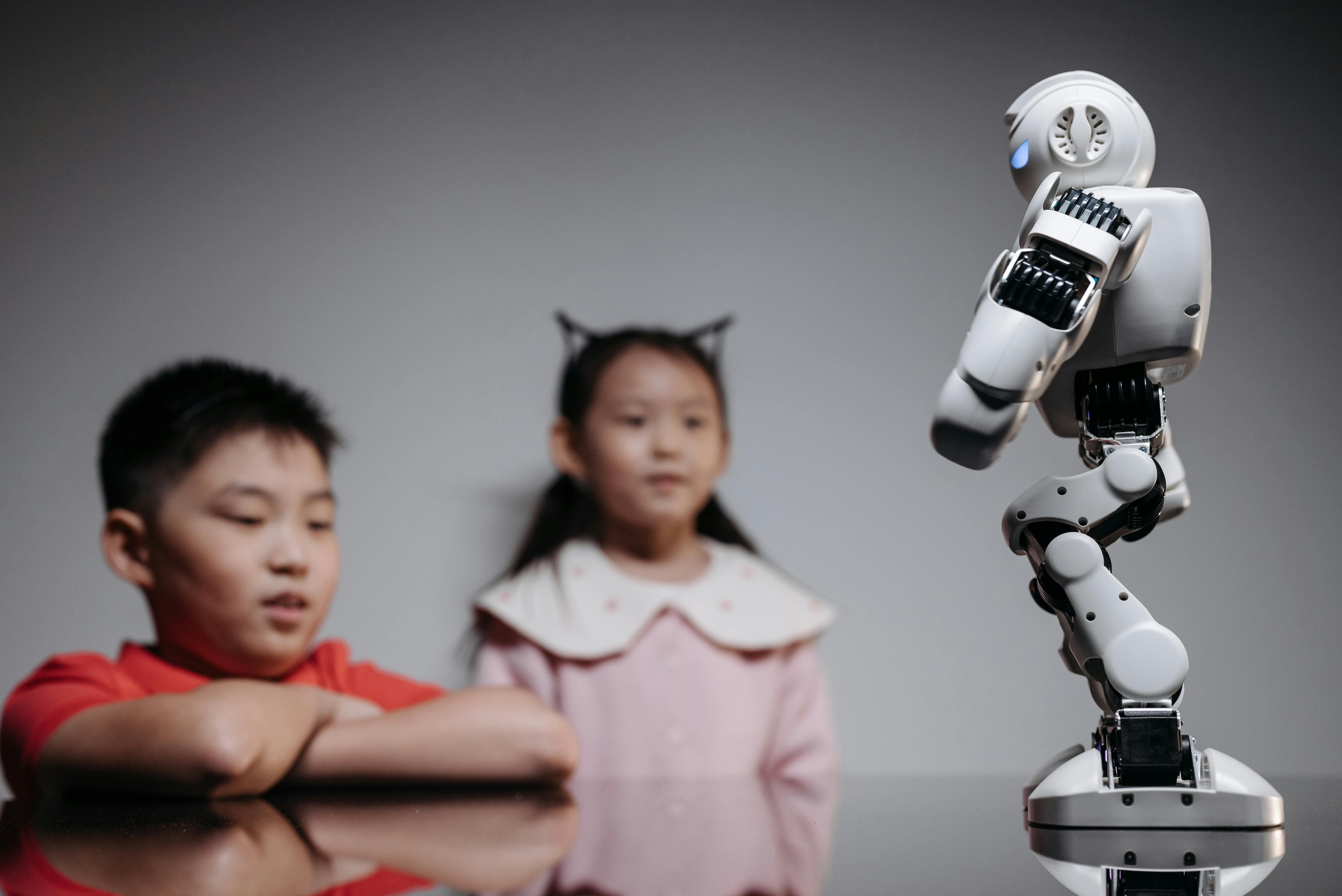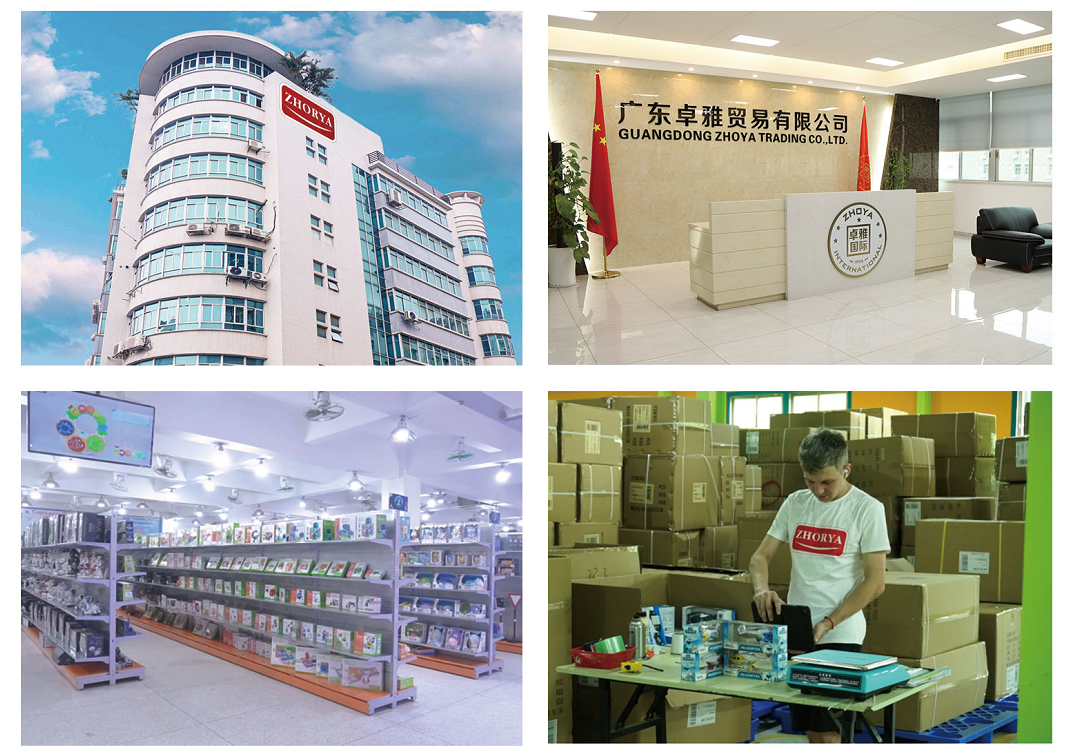Login
Join Free
Smart Play, Bright Future: How “Made in China” Intelligent Toys Are Redefining the Global Toy Market
In the past few years, the toy industry has undergone one of its most fascinating transformations. What was once centered around simple mechanical playthings has evolved into a world where toys can listen, talk, recognize emotions, and even monitor well-being. Recently, a new wave of "smart toys" from China are capturing the imagination of children — and the attention of international buyers — around the world.
At major exhibitions and trade fairs across China, a new generation of interactive and intelligent toys has been stealing the spotlight. From plush companions that can chat and react, to robots that combine entertainment with education, the boundaries between play and technology are becoming increasingly blurred. And as China's toy exports continue to surge, it's clear that the country's innovation-driven approach is reshaping how the world defines fun.
China's Intelligent Toy Boom
China has long been recognized as the world's largest toy production base, but the current trend is more than just manufacturing at scale — it's about creativity, intelligence, and design. According to recent data, the export volume of daily-use products and toys from China reached over 500 billion yuan in the first three quarters of the year, with shipments to more than 200 countries and regions worldwide.
Behind these impressive figures lies a quiet but powerful shift: the rise of "smart manufacturing" in the toy industry. Factories that once focused purely on assembly are now integrating sensors, AI chips, and software systems into their designs. This transformation has allowed Chinese toys to move from being low-cost commodities to globally recognized, technology-infused products.
At a recent international toy exhibition, a plush toy equipped with interactive AI software captured wide attention. It could engage in conversation, recognize voice commands, and even respond to emotional cues from its owner. Though it looked soft and adorable on the outside, its internal design was powered by advanced algorithms that made it capable of real-time interaction.
This is only one example among thousands. From health-monitoring smartwatches designed for kids, to gesture-controlled vehicles and AI-powered educational robots, Chinese companies are redefining what "play" means in the modern age.

Why Global Buyers Are Paying Attention
For international toy buyers, this technological leap represents both opportunity and innovation. Overseas markets have long appreciated Chinese toys for their affordability and diversity, but the new wave of intelligent products offers something entirely new: value through experience.
Parents around the world are increasingly searching for toys that combine learning, entertainment, and emotional engagement. Educational robots that teach language or coding, talking dolls that help children express feelings, or sensor-equipped pets that react to touch — these products bridge the gap between education and play, appealing to both children and adults.
Distributors have noticed this trend. Many international buyers visiting Chinese trade fairs are no longer only looking for traditional toys, but also for "smart" ones that can stand out on shelves and online marketplaces. Retailers report that toys with AI features or app connectivity tend to sell faster, especially in markets such as Europe, North America, and Southeast Asia.
From "Made in China" to "Created in China"
This evolution marks a shift from mass production to intelligent creation. Instead of simply replicating existing models, more Chinese toy companies are investing in independent research and product development. They are designing proprietary circuit systems, software logic, and interactive modes that can be customized according to market needs.
Chinese designers are also focusing on user experience — refining how toys speak, move, and respond — while maintaining strong safety and quality standards for global compliance. Whether it's CE certification for the EU, ASTM standards for the US, or EN71 testing for various international markets, these companies are ensuring that innovation doesn't come at the cost of reliability.
As one export executive noted, smart toys are not just a technical upgrade; they are part of a cultural and industrial transformation. "When a toy can interact with a child, learn their preferences, and even offer educational insights," he said, "you're not just exporting a product — you're exporting creativity."

Technology Meets Emotion: The New Definition of Play
What sets smart toys apart is their ability to build emotional connections. Unlike traditional toys that rely on physical engagement alone, these modern designs use sensors and microprocessors to recognize actions, mimic speech, and even detect emotions.
A talking plush might respond differently if a child speaks softly or shouts. A robot could adjust its tone to comfort a child when it detects sadness. Some wearable toys now include basic health-tracking features, measuring steps or pulse as part of a daily play routine.
This emotional intelligence gives toys a new role in children's lives. They're not just companions but also early-learning assistants and health guardians. And this emotional bond — powered by technology — is one of the biggest reasons why smart toys are expected to dominate the global toy landscape in the coming years.
Zhorya's Role in the Era of Smart Play
As intelligent play continues to reshape the toy market, Zhorya represents a new generation of companies focused on merging creativity with technology. Rather than positioning itself solely as a supplier, Zhorya serves as a comprehensive toy sourcing and development partner, connecting global buyers with innovative products that combine fun, learning, and interactive design.
Its portfolio includes electronic toys, educational kits, and remote-control models, many of which incorporate sound, light, motion, and interactive functions. Zhorya also supports custom development for smart toys, helping partners design exclusive models with unique features — such as voice recognition, programmable functions, or motion-sensing systems — to meet different market needs.
Beyond product innovation, Zhorya offers flexible branding and packaging solutions, ensuring that every partner can adapt the toy to their audience with ease. This combination of creativity, technology, and customization allows distributors and importers to access high-quality, ready-to-market smart toys without the complexity of in-house development.
In an era where play is becoming more connected and intelligent, Zhorya's approach bridges imagination with practicality — helping global clients bring smarter, more engaging toys to children everywhere.

A Future Built on Creativity and Connection
The rise of intelligent toys signals more than just a new product trend — it represents how play itself is evolving. As children grow up surrounded by technology, their expectations for playtime are changing too. Toys that can teach, respond, and connect emotionally will continue to define the future of the industry.
China's "smart manufacturing" boom is proving that innovation and craftsmanship can go hand in hand. From plush companions that understand human speech to robots that inspire future engineers, the possibilities are endless. By working with Zhorya, distributors and importers can access customizable, intelligent toys that stand out in the market. Join us to offer children interactive, educational, and emotionally engaging play — and take your toy business to the next level.

 Русский язык
Русский язык 中文
中文